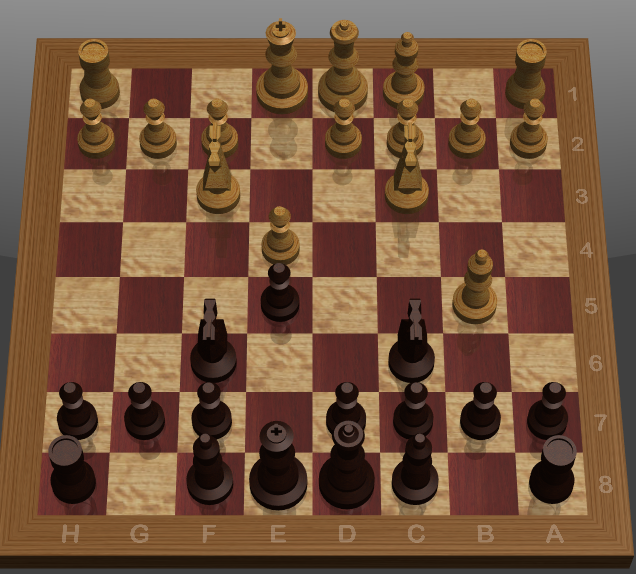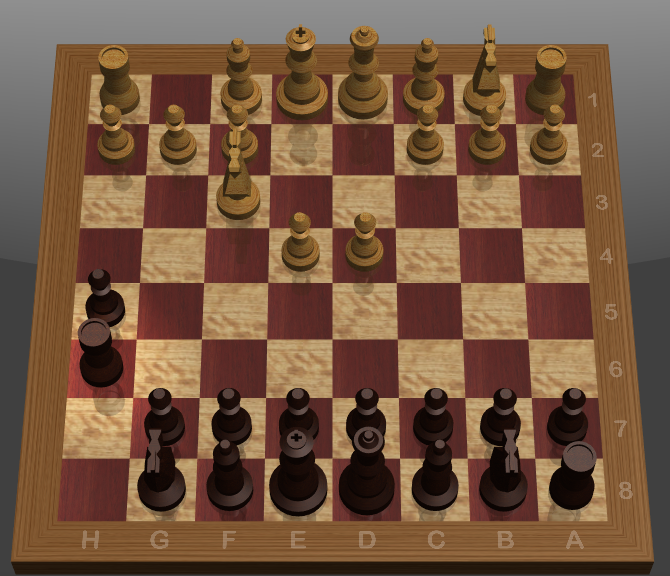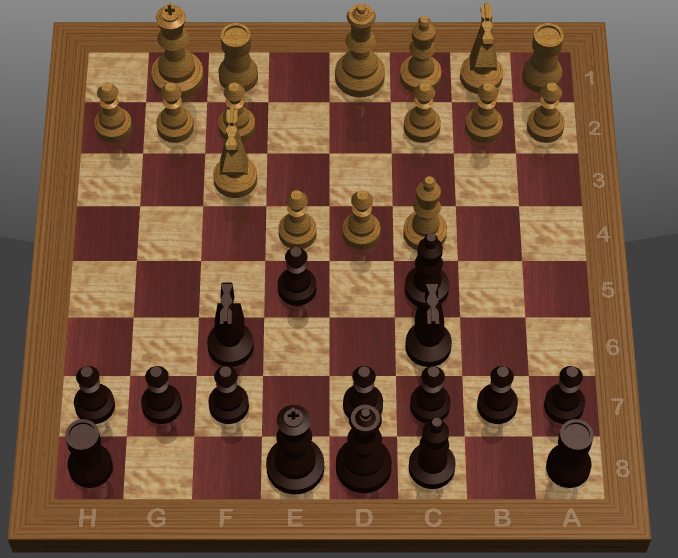This post concludes looking at the Caro-Kann by looking at the last two main line variations according to Reuben Fine and his excellent Ideas Behind the Chess Openings. Neither of these variations are particularly strong ones for white, but it’s worth looking at as a player may encounter them at some point.
Recall:
- e4 c6
- d4 d5
- e5
The idea here for white is to cramp the center by occupying e5. White also avoids the exchange. However, as we’ll show this is pretty useless.
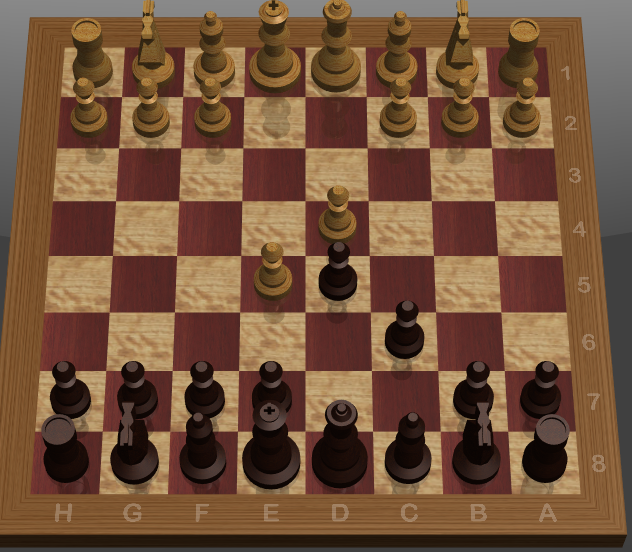
The main line plays out like this:
3. …Bf5
4. Bd3 BxB
5. QxB e6
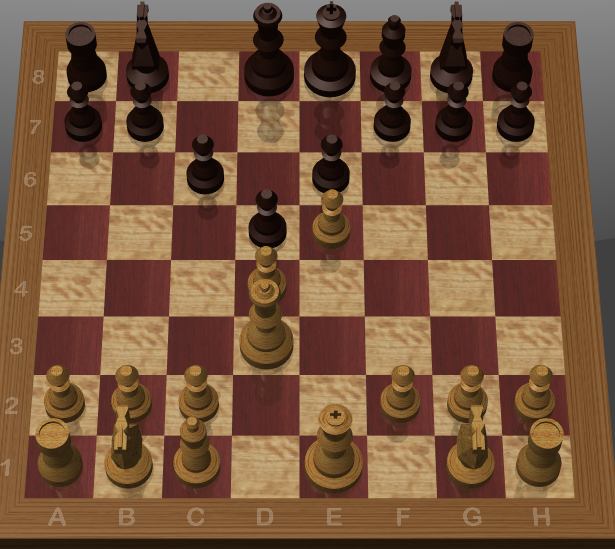
After this, white has the ability to develop its pieces while maintaining d4 and e5. On the other hand, maintaining d4 and e5 may be challenging for white. Black can move to c5 and attack white’s pawn on d4, making it more difficult for white to maintain the pawn at e5. Black is able to freely develop the bishop but its knights are both cramped and will either have to go to e7 and d7 or other moves will have to be made before they can be developed to the middle (for example, c5).
The final variation is:
- e4 c5
- d4 d5
- f3
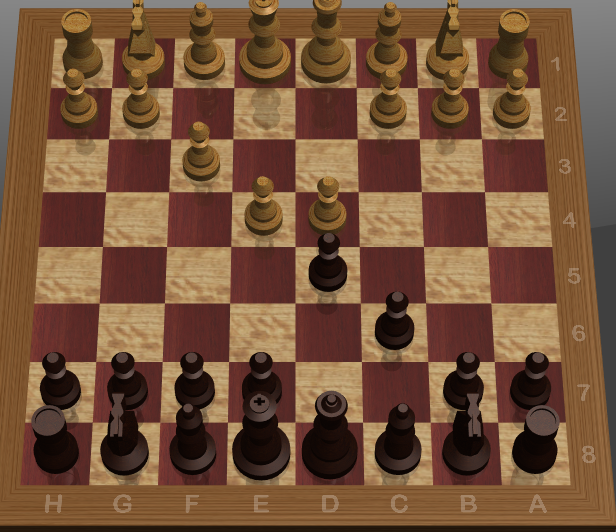
3. …d5xe4
4. f3xe4 e5
5. Nf3 e5xd4
6. Bc4
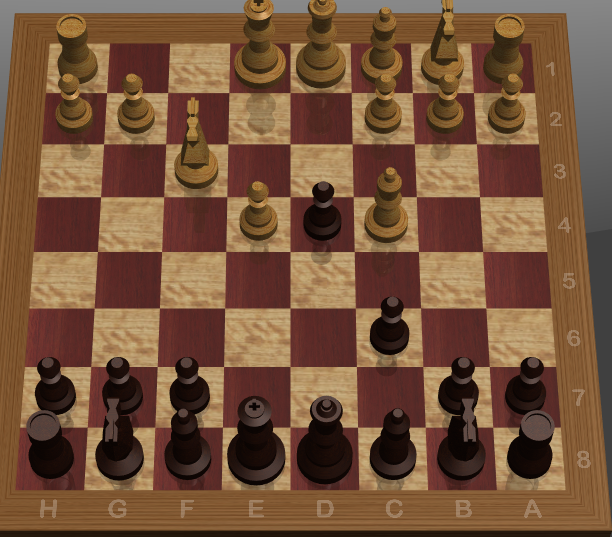
White has moved the knight to f3 to protect against the black queen moving to h4 and causing mayhem., this is also keeping white from using the knight to take d4. White has to do something about d4 otherwise the queen knight will develop to d2 or a3. It’s an interesting position!


